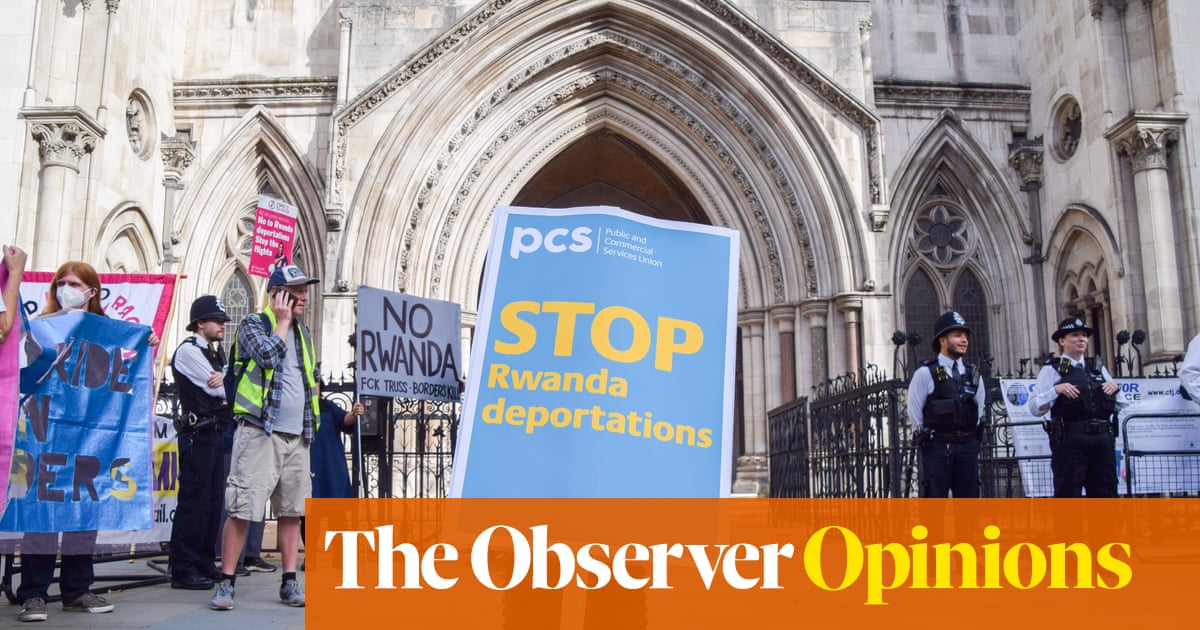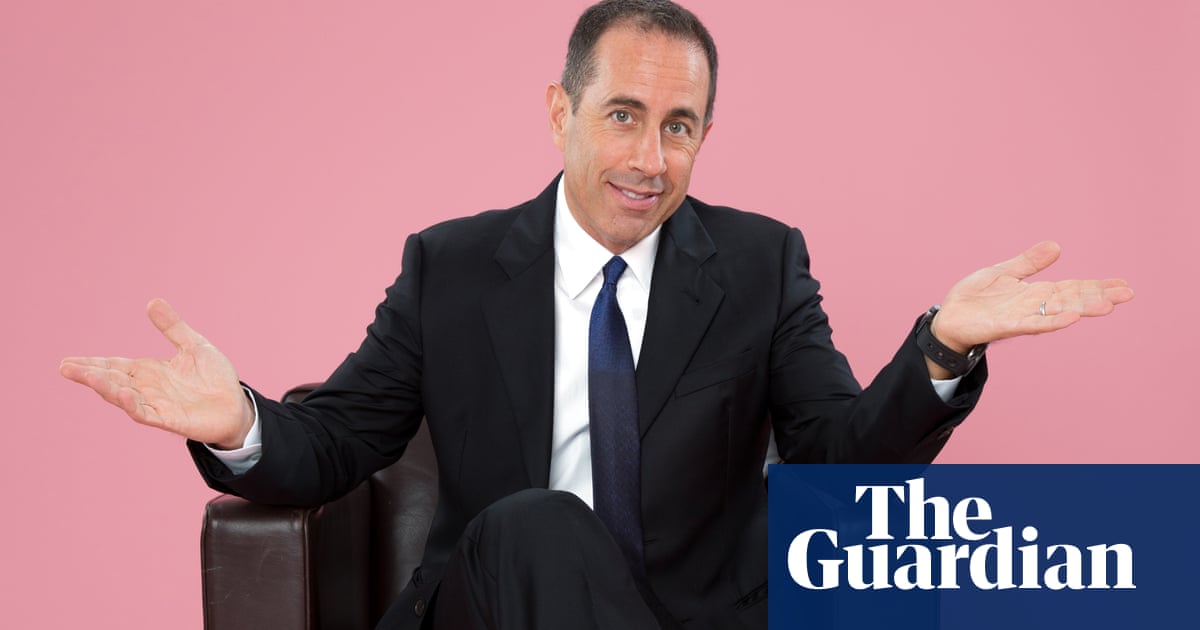
The protests in Iran, now in their third month, are a historic battle pitting two powerful and irreconcilable forces: a predominantly young and modern population, proud of its 2,500-year-old civilization and desperate for change, versus an aging and isolated theocratic regime, committed to preserving its power and steeped in 43 years of brutality.
Iran’s supreme leader, Ali Khamenei, the only ruler many protesters have known, seems to be facing a version of the dictator’s dilemma: If he doesn’t offer his people the prospect of change, the protests will continue, but if he does, he risks appearing weak and emboldening protesters.
The protests were set off by the Sept. 16 death of a 22-year-old Kurdish Iranian woman, Mahsa Amini, after she was detained by the morality police for allegedly wearing improper hijab. Although Iranian opposition to the regime is unarmed, unorganized and leaderless, the protests continue despite a violent crackdown by the regime. More than 18,000 protesters have been arrested, more than 475 have been killed, and 11 people have been sentenced to death so far. On Thursday, a 23-year-old man, Mohsen Shekari, who was arrested during the protests, was hanged.
However the protests are resolved, they seem to have already changed the relationship between Iranian state and society. Defying the hijab law is still a criminal offense, but women throughout Iran, especially in Tehran, increasingly refuse to cover their hair. Videos of young Iranians flipping turbans off the heads of unsuspecting Shiite clerics are popular on social media.
Symbols of the government are routinely defaced and set on fire, including, according to social media reports, the ancestral home of the revolution’s father, Ruhollah Khomeini. Laborers, bazaar merchants and petrochemical workers have gone on intermittent strikes, reminiscent of the tactics that helped topple Iran’s monarchy in 1979.
The ideological principles of Khamenei and his followers are “Death to America,” “Death to Israel” and insistence on hijab. Khamenei’s ruling philosophy has been shaped and reinforced by three notable authoritarian collapses: The 1979 fall of Iran’s monarchy, the 1991 dissolution of the Soviet Union and the Arab uprisings of 2011. His takeaway from each of these events has been to never compromise under pressure and never compromise on principles. Whenever Khamenei has faced a fork in the road between reform and repression, he has always doubled down on repression.
The rigidity of Iran’s hard-liners is driven not only by ideological conviction but also by a keen understanding of the interplay between the rulers and the ruled. As Alexis de Tocqueville put it, “The most perilous moment for a bad government is one when it seeks to mend its ways.”
Khamenei understands that rescinding compulsory hijab will be a gateway to freedom and will be interpreted by many Iranians as an act of vulnerability, not magnanimity. That Iranians will not be placated merely with the freedom of dress but will be emboldened to demand all the freedoms denied to them in a theocracy..
There are signs of disarray within the ruling elite. While some officials have suggested the notorious morality police will be abolished, others have suggested this is merely a temporary tactic to restore order. “The collapse of the hijab is the collapse of the flag of the Iranian Republic,” said Hossein Jalali, a clerical ally of Mr. Khamenei and a member of the Cultural Commission of the Iranian Parliament. “Head scarves will return to women’s heads in two weeks,” he declared, and women who refuse to comply could have their bank accounts frozen.
The Iranian regime’s repressive capacity — at least on paper — remains formidable. Khamenei is commander in chief of 190,000 armed members of the Iranian Revolutionary Guard Corps, who oversee tens of thousands of Basij militants tasked with instilling public fear and morality. Iran’s nonideological conscription army, whose active forces are an estimated 350,000, is unlikely to take part in mass repression, but hopes from protesters that they will join the opposition have so far been in vain.
Until now, the political and financial interests of Khamenei and the Revolutionary Guards have been intertwined. But persistent protests and chants of “Death to Khamenei” might change that. Would the Iranian security forces want to continue killing Iranians to preserve the rule of an unpopular, ailing octogenarian cleric who is reportedly hoping to bequeath power to Mojtaba Khamenei, his equally unpopular son?
The internal deliberations of Iran’s security services remain a black box. But it is likely that, like the Tunisian and Egyptian militaries in 2011, some of them have begun to contemplate whether cutting loose the dictator might preserve their own interests.
The sociologist Charles Kurzman wrote in his seminal book, “The Unthinkable Revolution in Iran,” that the paradox of revolutionary movements is that they are not viable until they attract a critical mass of supporters but that to attract a critical mass of supporters, they must be perceived as viable.
The protest movement has not yet reached that tipping point, but there are ample signs that a critical mass of Iranian society has doubts about the regime’s continued viability. “What the people want is regime change and no return to the past,” said Nasrin Sotoudeh, a renowned human rights attorney and political prisoner who had long called for reform instead of revolution. “And what we can see from the current protests and strikes that are now being initiated is a very real possibility of regime change.”
Like many autocratic regimes, the Iranian Republic has long ruled through fear, but there are growing signs that fear is dissipating. Female athletes and actors have begun to compete and perform without the hijab — a criminal offense that has earned other women double-digit prison sentences — inspiring others to do the same. Political prisoners like Hossein Ronaghi have remained defiant despite imprisonment and torture. Rather than deter protesters, their killings often lead to mourning ceremonies that perpetuate the protests.
Four decades of the Iranian Republic’s hard power will ultimately be defeated by two millenniums of Iranian cultural soft power. The question is no longer about whether this will happen but when. History has taught us that there is an inverse relationship between the courage of an opposition and the resolve of a regime, and authoritarian collapse often goes from inconceivable to inevitable in days.
The New York Times












